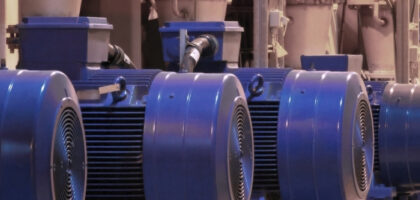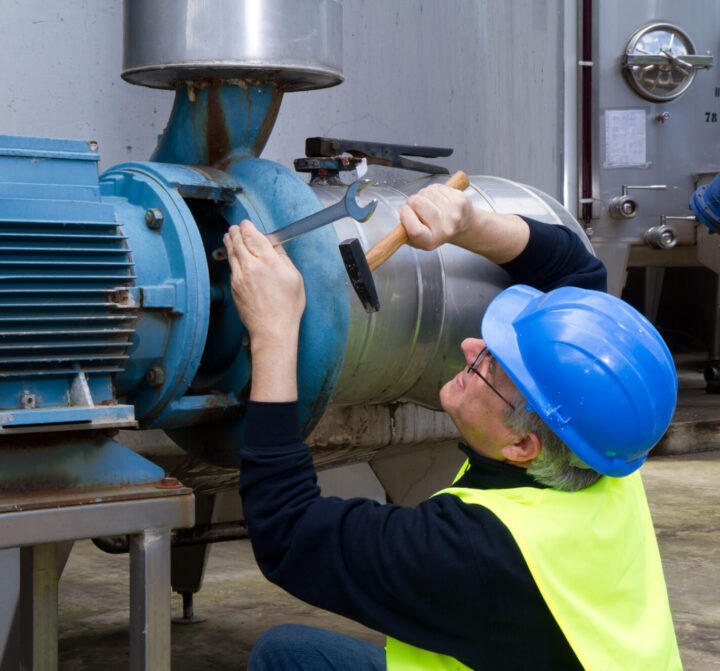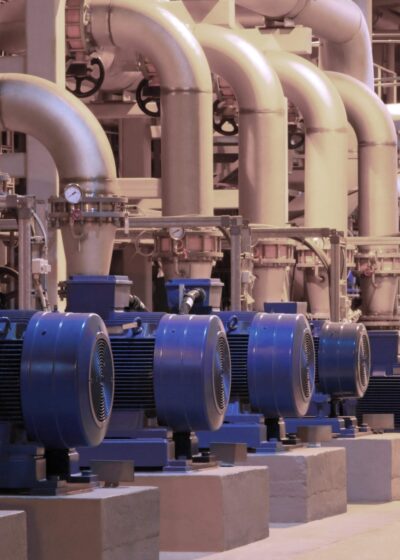
Is Your Pump Costing Too Much of Your Engineers’ Time?
“Wasted time is worse than wasted money” is how the quote goes, but in fact, wasted time is wasted money for your business. Labour costs are one of the most expensive overheads in any company. So, when you think of your existing processes, can you be sure that you’re not spending more time than necessary on the operation and upkeep of your pumps within them?
Here are four avoidable signs that your pumps may be costing your engineers’ time:

1. Are you replacing parts regularly?
Any piece of mechanical equipment will have wearing parts that need replacing at some point, but if you’re finding that parts of your pump are wearing quickly, then this is a clue that the pump you are using may not be ideal for your process. Common issues including premature seal failure and damaged impellers could be down to several things such as fluid incompatibility, abrasives in the fluids, excessive pressure and temperature.
Material compatibility of your pump and process fluid is vital. Getting this wrong can cause the corrosion of internals, leaking of seals and swelling of impellers. When it comes to certain chemicals, a mistake that is commonly made is not considering the concentration or temperature of the solution. For example, Hastelloy C is compatible with Hydrochloric acid at 10% concentration at 20°C, yet at 40°C it has limited resistance.
Many pump types only operate efficiently with clean fluids. If your process requires the pumping of an abrasive fluid, then selecting a pump design that is free of mechanical seals and impellers such as an AODD or peristaltic eliminates the risk of wear and regular replacements. Pump models have maximum operating pressure and temperatures for a reason. If these are exceeded once the pump installed, then damage to the internals can be expected.
2. Are pauses in the process causing pump damage?
Dry running is one of the most common causes of costly downtime and damage to a pump. If a pump is left to run with no fluid passing through it then it can overheat, cause component seizure and damage to the seals and impellers. If pauses in your production line or your operators forgetting to turn the pump off are issues you are experiencing, it is a good idea to consider either a pumping technology that is able to dry run without damage such as an AODD or a peristaltic pump or install dry run sensor which shuts the pump off when it is detected.

3. Do your operators have to intervene manually?
The time involved in having to walk to and from the pump to start/stop it can significantly reduce worker productivity. Once a pump has been installed, it should be left to do its job with as little manual intervention as possible. These are what we refer to as “fit and forget” pumping solutions.
Where automation is desirable, pumps can be fitted with a timer to set the pump to run for specified amounts of time, or with a batch meter to stop after a fixed volume of fluid has been dosed or transferred. Similarly, with air operated pumps, stroke sensors can be used to control the pump after a specified number of times that air has been ejected.
Level switches can also control the pump start/stop cycle. When the fluid in a container has reached a certain level, the pump will turn on or off and continue until the sensor detects the other specified level. As discussed above, dry run protection is another way to reduce operators’ time spent at the pump as it prevents them from having to quickly turn a pump off after every halt in the process.
Is there excessive downtime during maintenance and repairs?
One of the most telling signs that your existing pump is costing your engineers too much time is excessive downtime. This could happen in a few ways including frequent clogging, pump failure and cooling periods.
If the fluid being pumped is too thick or contains large solid particles, your pump may frequently clog. Engineers then need to spend significant time unclogging the pump, which not only halts operations but also diverts their attention from other critical tasks.
A pump that is not correctly specified for its application can lead to complete failure. For instance, a pump designed for low-viscosity fluids may fail when used with high-viscosity fluids. This misapplication can cause severe damage, requiring extensive repairs or even replacement, leading to prolonged downtime.
Pumps that are pushed to their performance limits often need to be turned off to cool down. This is particularly common in pumps that are not designed to handle the operational demands placed on them. The cooling periods can be frequent and lengthy, significantly reducing the overall efficiency of your operations.
Each of these issues not only increases downtime but also adds to the workload of your engineering team. They have to constantly monitor, maintain, and repair the pump, which can be a significant drain on their time and resources.
Could a new pump save you valuable time?
To find out how you can give your engineers more time through your pumps, discuss your existing process and problems with us today.


